6 Protein Meals That Leave You Hungry and 5 That Actually Keep You Full
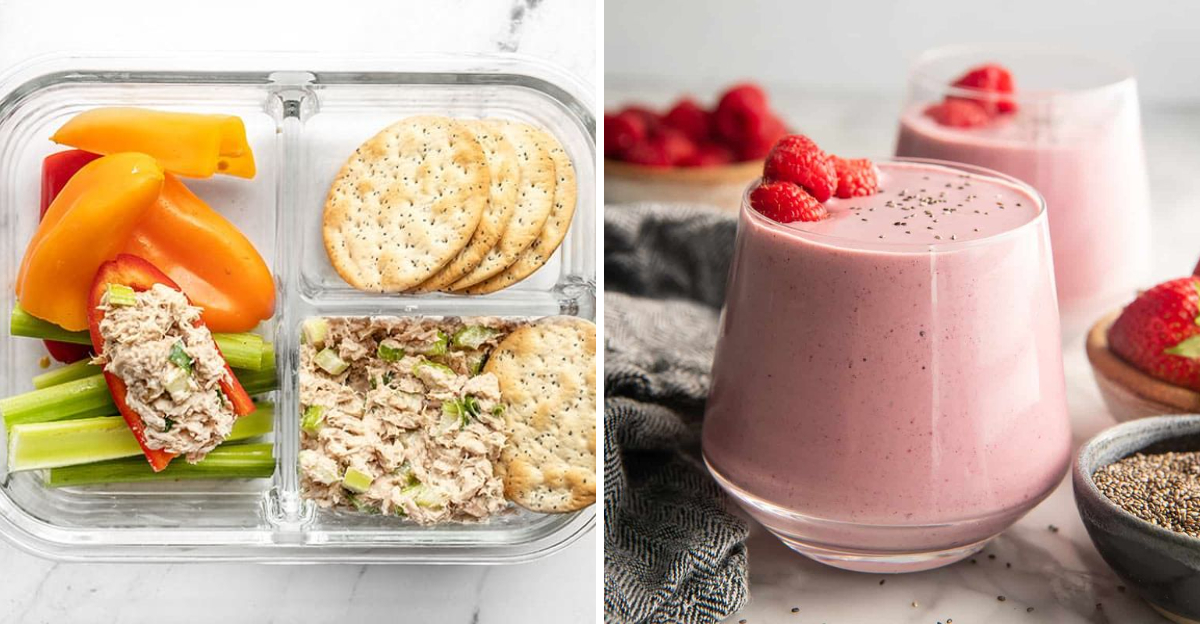
Exploring the dynamics of protein meals, this article delves into why some protein-rich dishes fail to satiate hunger, while others succeed in keeping you full longer. The meal’s composition, including the balance of macronutrients, plays a crucial role in determining its satiety level.
1. Egg Whites and Spinach
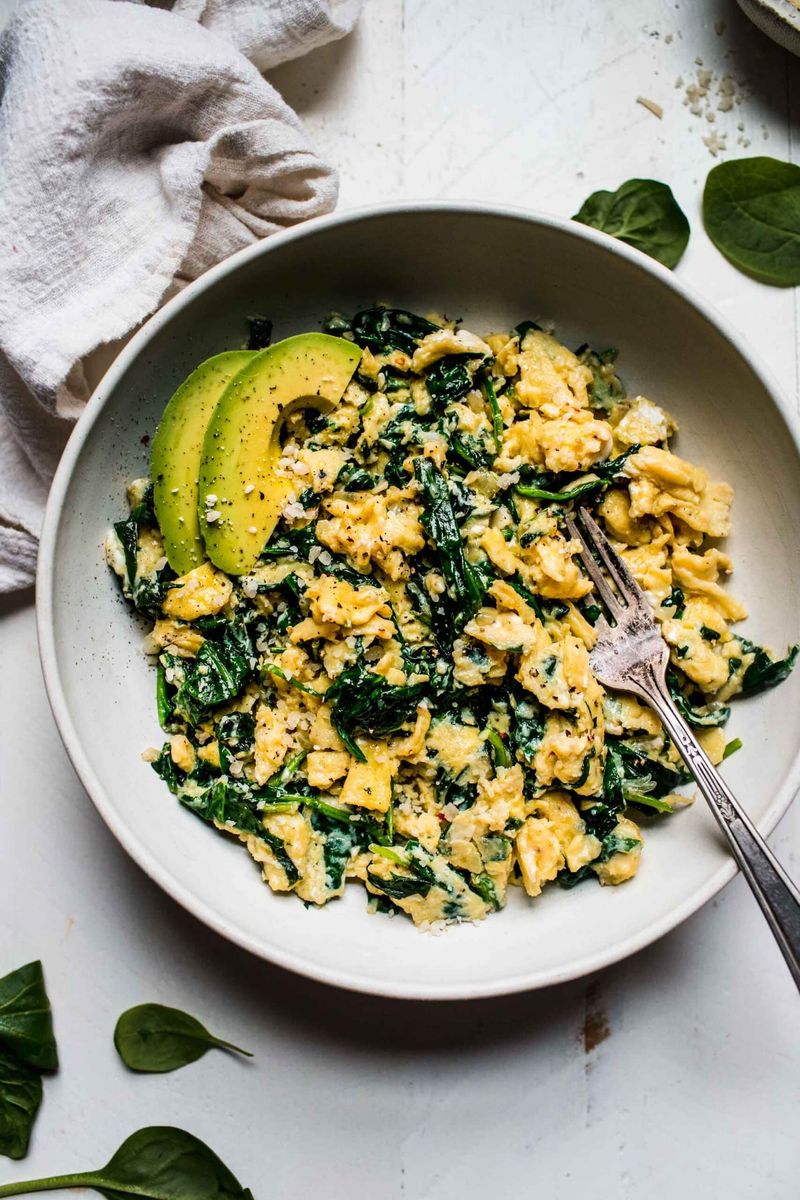
Egg whites and spinach scream health but whisper hunger. This low-calorie combo provides ample protein but lacks fats and carbs, making it more snack-like than a full meal. While it might energize you momentarily, without the bulk of a balanced diet, your stomach will soon call for more.
Consider enhancing this dish with some healthy fats or whole grains. A drizzle of olive oil or a slice of whole-grain toast could transform this meal into something more substantial. Despite its nutritious profile, it’s not the ultimate hunger-buster.
Did you know? Spinach was made popular by Popeye, the fictional sailor who believed it gave him super strength.
2. Protein Bars as a Meal
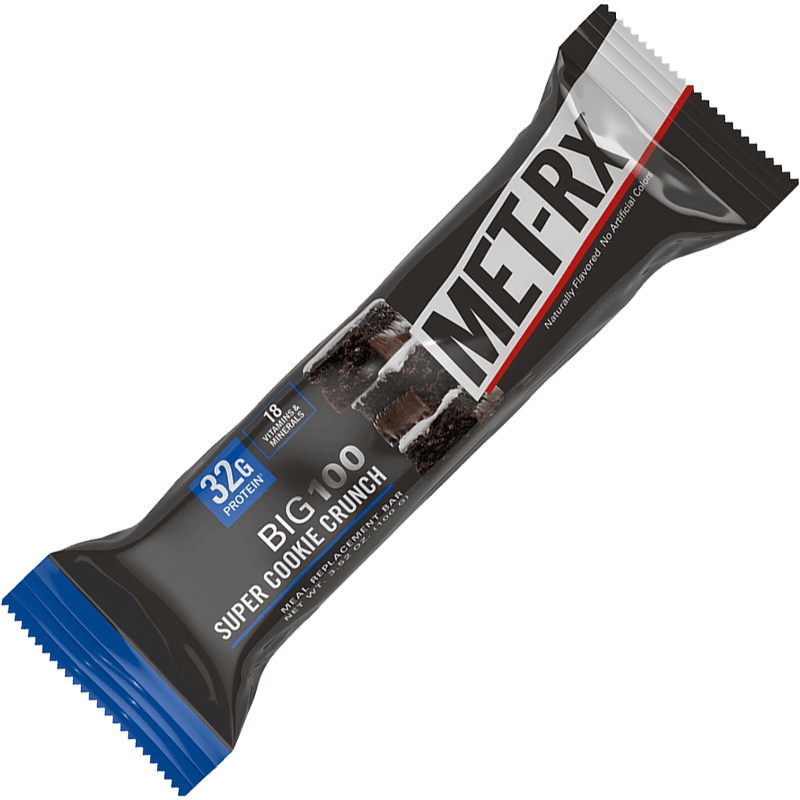
Protein bars may seem convenient, but they fall short as a meal replacement. Most are sweetened and lack the bulk needed to sustain you for long. Within an hour, you might find yourself searching for more to eat.
These bars can serve as a quick snack, but relying on them as a full meal is likely to leave you unsatisfied. They promise protein but often fail to deliver on satiety due to their small size and sugar content.
Fun fact: The first protein bar was developed in the 1960s for the U.S. military as a high-energy snack.
3. Turkey Lettuce Wraps

Turkey lettuce wraps are the epitome of low-carb dining, yet they rarely fill the hunger gap. Without starchy or fatty components, these wraps feel more like appetizers.
They provide lean protein through the turkey, but their lack of bulk means they don’t satisfy for long. Adding a side of brown rice or a creamy dressing could enhance their filling potential.
These wraps are perfect for a light snack but fall short as a complete meal. Fun fact: Lettuce wraps have been a staple in Asian cuisines for centuries.
4. Tuna and Crackers
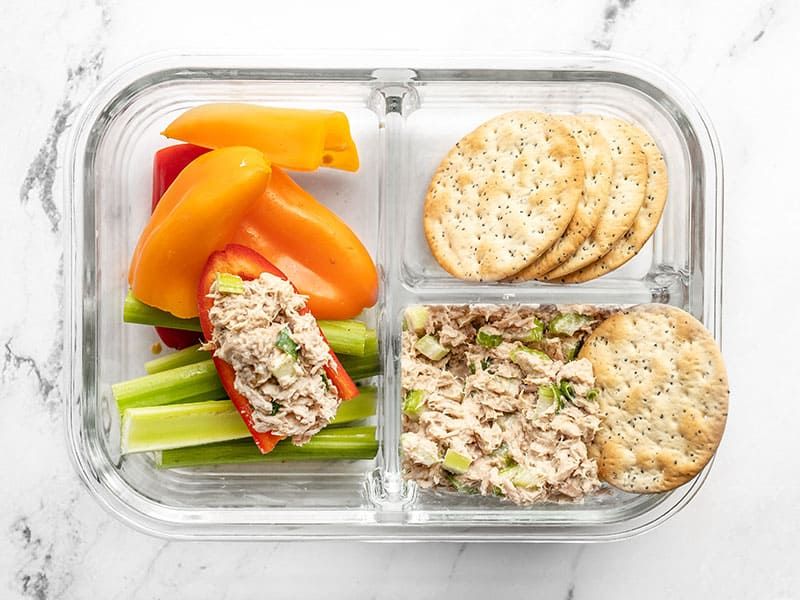
Tuna and crackers present a lean protein option that often leaves you wanting more. The absence of fiber or bulk in this pairing means it doesn’t have staying power.
To make this duo more substantial, consider adding some chopped veggies or a side salad. These additions could transform it into a more satisfying meal.
While the protein from tuna is beneficial, its simplicity can be deceiving. Did you know? Tuna is one of the most popular fish worldwide, and its versatility is unmatched.
5. Grilled Chicken Salad with Fat-Free Dressing
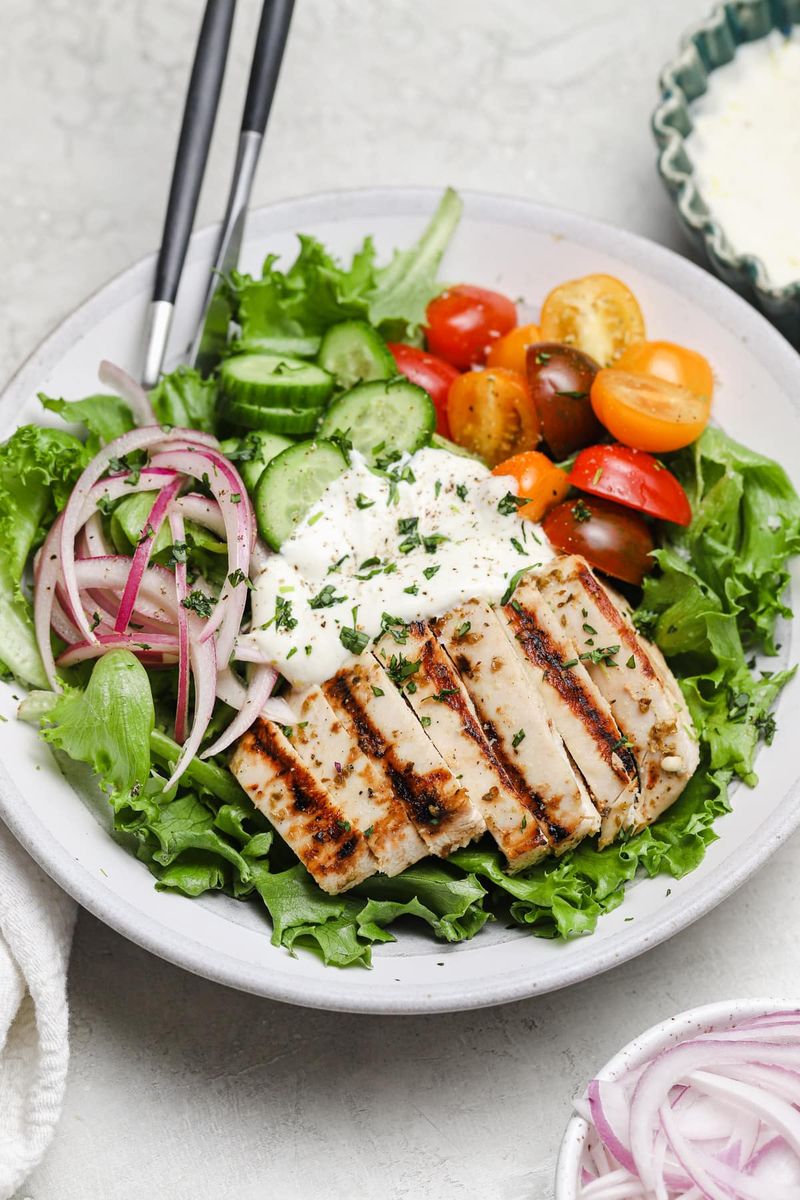
Grilled chicken salad with fat-free dressing offers a classic dieter’s choice that struggles to satiate. The absence of fats and carbs results in short-lived satisfaction.
Including a rich dressing or nuts can add much-needed fat and flavor, making this meal more fulfilling. Without these additions, it remains a temporary fix.
This dish is a popular choice for those counting calories, but it benefits from a more balanced composition. Fun fact: Salads have been a part of human diet since ancient Rome.
6. Protein Smoothies with Water and Fruit Only

Blending protein powder with water and fruits might seem nutritious, but it lacks meal-like substance. Without fats or fibers, it’s more of a drink than a meal.
To make it a filling option, consider adding healthy fats like avocado or chia seeds. These additions can enhance its staying power.
While these smoothies are refreshing, they often fail to hold hunger at bay. Fun fact: Protein powders were first popularized by bodybuilders in the mid-20th century.
7. Salmon with Quinoa and Roasted Veggies
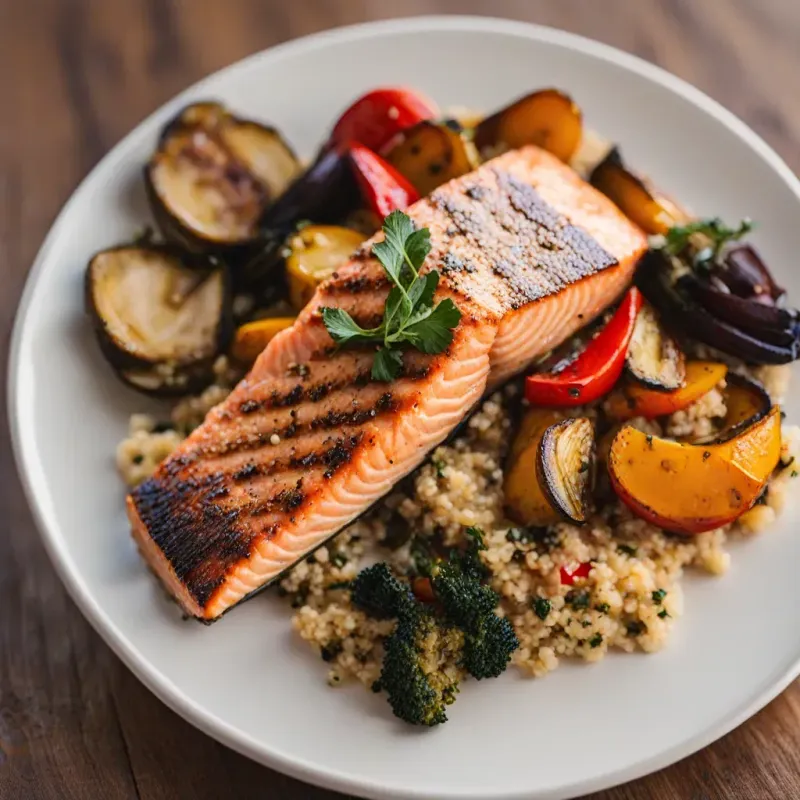
Salmon with quinoa and roasted veggies is a recipe for satiety. The healthy fats from salmon, fiber in veggies, and complex carbs in quinoa work harmoniously to keep hunger at bay.
This meal offers a balance of macronutrients, ensuring long-lasting energy. The flavors are also a delightful blend, making it a go-to choice for those seeking a fulfilling dish.
Fun fact: Quinoa was considered “the gold of the Incas” due to its high nutritional value.
8. Greek Yogurt Bowl with Nuts and Berries
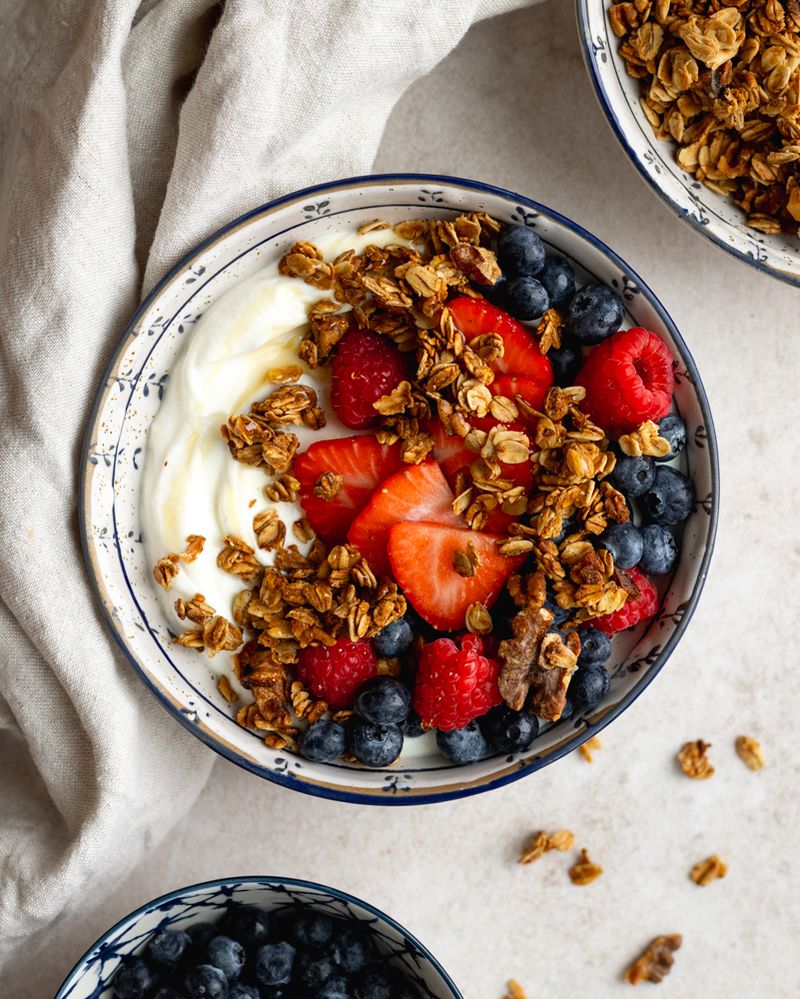
A Greek yogurt bowl with nuts and berries provides a harmonious blend of flavors and nutrients. The creamy yogurt, crunchy nuts, and sweet berries create a lasting meal.
This dish offers protein, healthy fats, and fiber, making it a well-rounded choice for breakfast or a snack. It’s both satisfying and delicious, with each bite offering diverse textures.
Fun fact: Greek yogurt dates back to ancient Greece, where it was enjoyed for its nutritious benefits.
9. Chicken Thighs with Sweet Potatoes and Broccoli
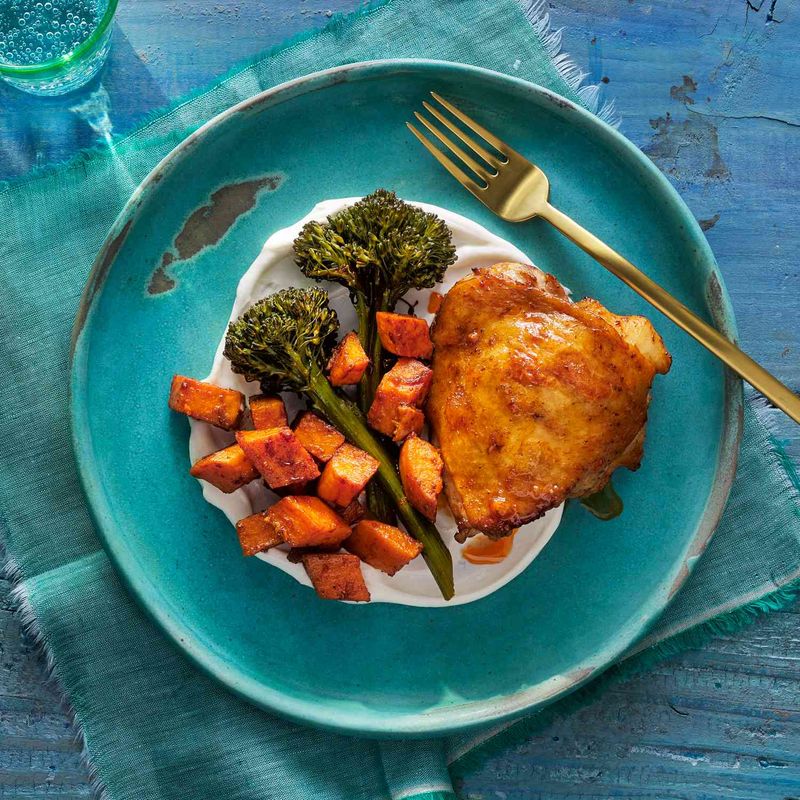
Chicken thighs with sweet potatoes and broccoli offer a perfect balance of protein, carbs, and fats. The dish ensures prolonged satiety, thanks to the slow-digesting carbs in sweet potatoes and fats in chicken.
The combination is both hearty and flavorful, making it a favorite for those who seek a filling meal. It’s a comfort dish that warms the soul and satisfies hunger alike.
Fun fact: Sweet potatoes have been cultivated for over 5,000 years and are considered one of the world’s healthiest foods.
10. Ground Turkey Stir-Fry with Rice and Veggies
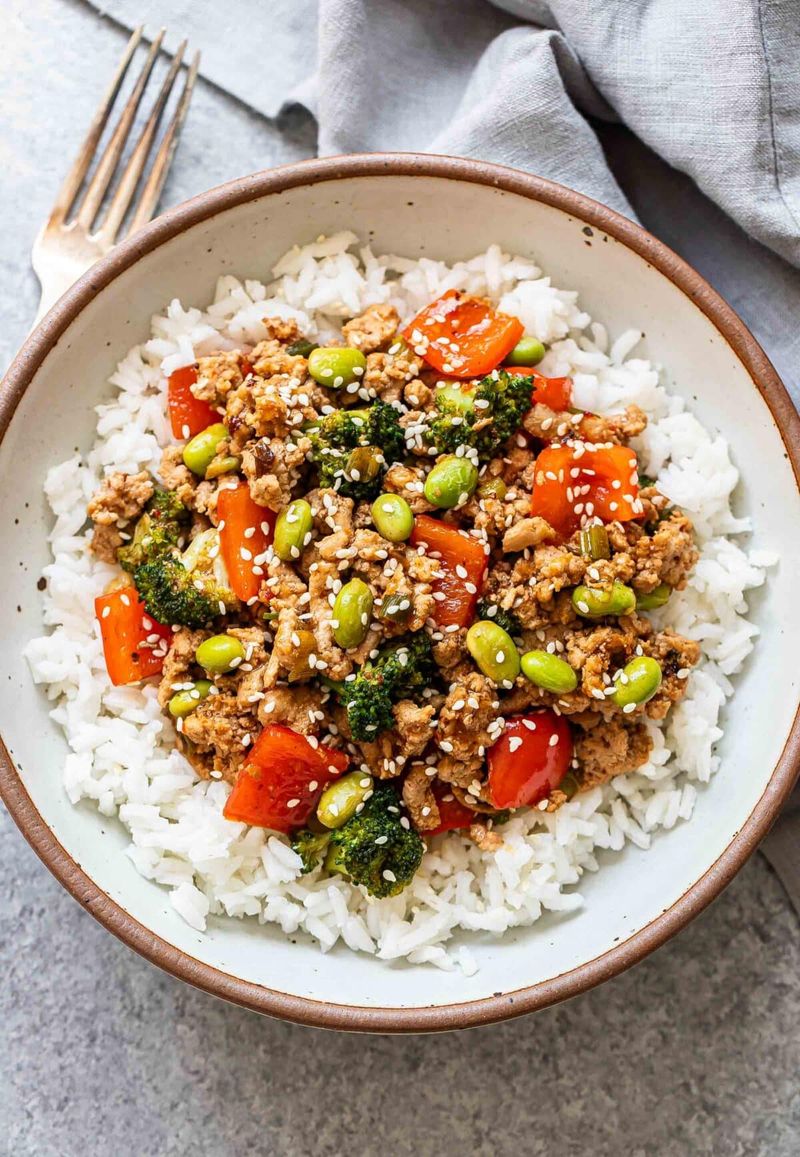
Ground turkey stir-fry with rice and veggies is a quick and hearty meal. The combination of protein from turkey and carbs from rice ensures long-lasting energy.
Adding sesame oil or avocado enhances the flavor and keeps you full longer. This dish is both nutritious and satisfying, perfect for lunch or dinner.
Fun fact: Stir-frying originated in China over 2,000 years ago and remains a popular cooking method worldwide.
11. Eggs with Whole-Grain Toast and Avocado
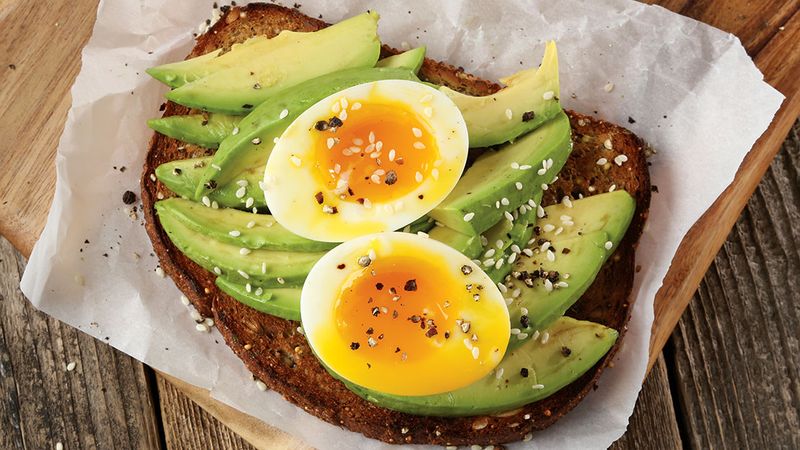
Eggs with whole-grain toast and avocado deliver a trifecta of protein, fiber, and healthy fats. This meal is a staple for its balanced nutrition and ability to sustain hunger.
The rich avocado adds creaminess and essential fats, while the toast provides the necessary carbohydrates. Together, they create a satisfying and flavorful experience.
Fun fact: Avocados were first cultivated in South America as early as 500 B.C., prized for their rich texture and healthy benefits.
